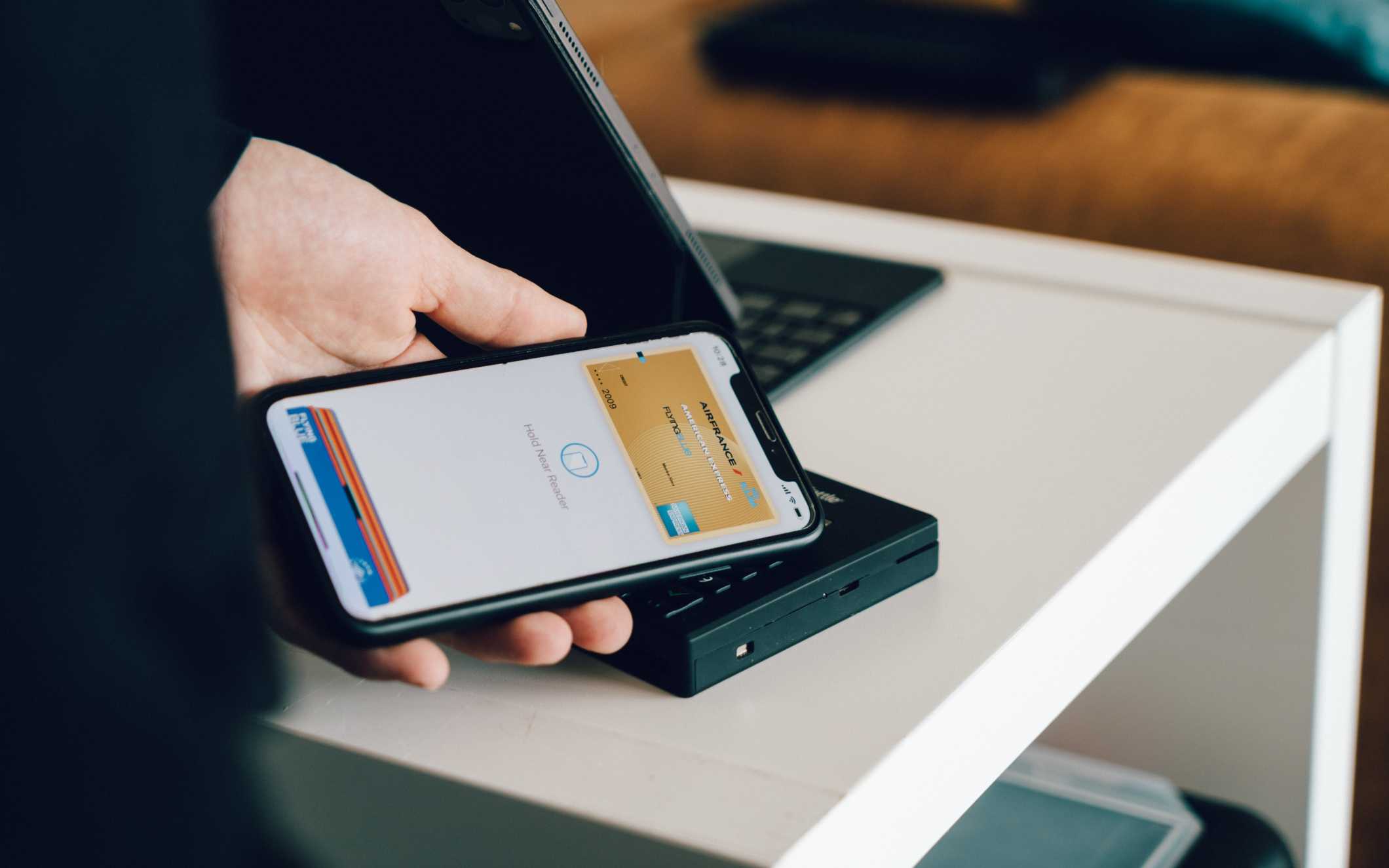Digital payments have become essential to modern living, making our lives as convenient as can be. This technology has entered our lives seamlessly, becoming the preferred payment method in Western society compared to cash.
We use this technology every day, but do we know how it works? What actually happens when you tap your phone, watch, or card when making payments? How are proper security measures ensured when these transactions are made?
There are many questions about this technology and today, we will answer all of the most frequently asked questions. As we explore payment ecosystem stakeholders and the dynamics surrounding authentication, cryptography, and authorization.
From consumers looking for a better understanding of digital payments, and how safe your money is, to business owners looking to employ digital payments in their business, you’re in the right place.

After completing this article, you’ll have a better understanding of digital payment technology and be able to make digital payments with the knowledge that things are safe, secure, and reliable.
The Digital Payment Industry’s Key Players
Digital payments have altered the way our transactions are completed in the modern age, disrupting the traditional banking systems we have used. Digital payments are helping consumers receive a service that is much more secure, convenient, and reliable.

Here are the main industries in which digital payments are being utilized:
E-Commerce Platforms
There has been incredible growth seen in the e-commerce industry over the last few years, with the majority of platforms now offering a payment solution.
Companies such as Amazon and eBay feature integrated payment systems making each transaction as seamless as possible.
Also Read: The Pros And Cons Of Payday Loans: What You Need to Know
Gambling
With thanks to the growth in digital technologies, gamblers now have the choice of various payment methods when playing their favorite online games.
A look at a list from the most trusted betting brand in California shows how many sites in the gambling industry accept a variety of digital and traditional payment methods.
Traditional banking methods are no longer the only way to play. Players are now given faster and more secure transactions, allowing them to access their winnings almost instantly.
Digital Wallet Providers
Accounts can now be held via digital wallets, holding payment information to allow consumers to complete payments with their devices.
Many providers such as Apple Pay, Google Wallet, and PayPal have gained considerable traction due to the convenience they provide.
Payment Processors
Technological infrastructures are offered to businesses by payment processors, allowing them to complete digital payments.
The channels that facilitate these payments are digital wallets, credit cards, and bank transfers to name a few.
Banks
The digital age has forced traditional banks to make their mark on digital payment technology, with a considerable amount of banks now offering their own independent app that allows customers to transfer funds, make payments, and manage money in their accounts.
Cryptocurrency
Cryptocurrencies such as Ethereum and Bitcoin have become very popular as a way to make alternative payments.
Although they are not currently widely accepted, they are sure to enter the mainstream more and more due to their fast and secure decentralized payment system.
The Benefits of Digital Payments

Digital payment transactions have warped the way we live in the modern age with the many benefits coming with the flexibility and convenience offered.
The first benefit that digital transactions bring is removing the need to carry physical cash. Eliminating this necessity is helping to prevent theft and promote better financial safety.
Another perk of digital transactions is the speed at which they are processed compared to traditional payment methods. Utilizing the speed of digital payment systems can help consumers and businesses save a considerable amount of time.
The Evolution of Payment Technology
Since its inception in the 1950s, digital payments have come a long way. In the very beginning, digital payments came with the introduction of credit cards, a service that allowed consumers to make purchases using credit which they would pay back later in time.
The 1950s was a glimmer of what was to come, especially with the invention of the internet taking digital transactions to a completely new level.
The initial online payment methods that were introduced were fairly unreliable and open to security issues.
The first company to offer a reliable and secure payment service was PayPal in 1998, which is a service that continues to be used by some of the biggest brands around the world as a method of completing transactions.
Since the 90s, digital payment technology has grown exponentially at a rate that no one would have thought could have happened.
Consumers are given ultimate convenience with mobile payment systems and contactless payments. The inception of cryptocurrencies such as Ethereum and Bitcoin features blockchain use cases that offer a host of individual benefits for the user.
Technological payment innovations such as these have made transactions for the user easier than ever before, no matter where they are based or what currency they are using.
The future of digital payments is only expected to grow even further, becoming increasingly flexible for all of the users utilizing it.
How Do Digital Payments Work?
The world of digital transactions has revolutionized the way we make payments, allowing us to make payments at any time and any place, regardless of whether we have physical cash on our person. The ease and convenience are great, but how does this technology work?
The first step that all digital transactions require is authentication, where the seller and buyer both verify the identity of one another, ensuring that the transaction is secure.
Encryption and varying security measures are used to prevent any unauthorized access such as having to provide face identification on your smartphone before a payment is granted.
The next stage of the transaction is payment information being transmitted through payment gateways. Payment gateways are secure channels that connect the bank of the buyer with the bank of the seller, verifying the transaction, sending confirmation to both parties, and ultimately allowing the fund transfer.
Following the transfer of funds, the buyer’s account is debited and the seller’s account is credited. During this process, the transfer occurs in real time, ensuring that it is completed as quickly and efficiently as possible.
Using the digital payment system, both parties can safely transfer funds to each other. The system acts as an intermediary, ensuring that funds are transferred securely.
Finally, payment confirmation is received by both buyer and seller at the end of the transaction. There is no need for cash or credit cards throughout this entire process. It only takes a few seconds.
Also Read: Personal Loans 101: How They Work and What You Need to Know Before Applying
Final Thoughts
The world of digital payment technology has come a long way since the initial idea of a credit card in the 1950s. The days of online banking are something different from the height of technological advancements as they used to be, with mobile wallets emerging.
The future is looking bright for digital transaction technology, with consumers receiving better security, more convenience, and speed in every transaction.